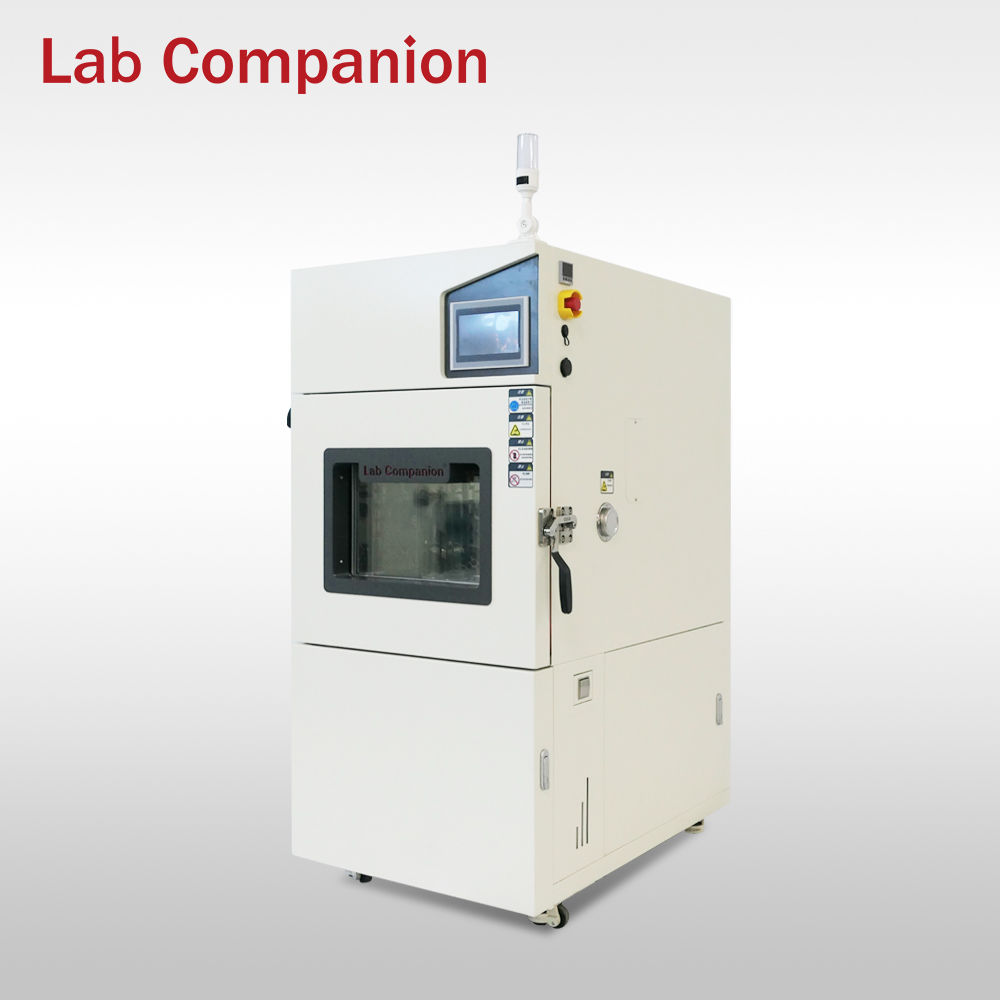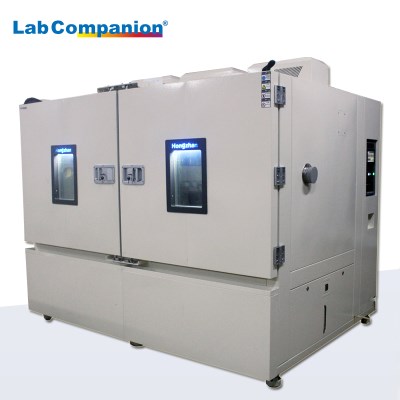 非標準テスト ボックスのカスタマイズ プロセスとは何ですか?
非標準テスト ボックスのカスタマイズ プロセスとは何ですか?
Jun 20, 2025
1. メーカーと直接コミュニケーションを取り、要件をカスタマイズする 操作手順:要件の提出: テスト対象 (ヘッドライト、バッテリー、センサーなど)、テストシナリオ (極寒の水渡り、高温高圧噴霧のシミュレーションなど)、業界仕様 (自動車、軍事、電子機器など) をクリアします。テクノロジードッキング:製品パラメータ(サイズ、重量)、環境条件(温度範囲、衝撃頻度)、および特殊要件(塩水噴霧重ね合わせ試験、動的角度調整など)を提供します。スキームの確認: GB、IEC、GJB などの一般規格、および VW 80101、ISO 16750 などの業界仕様に基づいて、製造元はカスタマイズされたテスト手順と機器構成スキームを設計します。2. 既存の標準フレームワークに適応するメーカーは、次の基準に基づいて拡張または調整できます。 国家基準:GB/T 28046.4-2011: 自動車電気機器の気候負荷試験について、氷水衝撃の温度、時間、循環回数などの中核パラメータが定義されています。GB/T 2423.1: 一般的な電気および電子製品の環境試験仕様。校正および検証プロセスの設計をサポートします。 実践規範:VW 80101-2005: フォルクスワーゲン電気部品試験規格。噴霧圧力や水温の精度などのパラメータの改良に適用されます。GMW3172: ゼネラルモーターズのグローバルエンジニアリング標準。複数の環境の複合試験(氷水衝撃+塩水噴霧腐食など)をサポートします。ISO 16750-4:2006: カスタマイズされたサイクル (例: 100 標準または 200 拡張) と互換性のある、国際共通車両電気機器テスト フレームワーク。第三に、メーカーの技術リソースを活用して標準を最適化する柔軟なパラメータ調整:温度範囲: 標準高温範囲 65 ~ 160℃、-70℃ ~ +150℃ まで拡張可能。水噴射システム:流量(3〜4L / 3Sまたは80L /分)、距離(325±25mm調整可能)、ノズルタイプ(ギャップ/マトリックス)およびその他のカスタマイズをサポートします。インテリジェント制御: PLC システムは、温度切り替え速度 (極寒から高温への変換を完了するのに 20 秒かかるなど)、データ取得頻度、レポート形式をカスタマイズできます。機能モジュールの重ね合わせ:防水(IPX5-6)、防塵(IP5X-6X)などの複数のテスト要件に対応。動的角度噴霧(15〜75 調整可能)、塩水噴霧複合テスト、その他の複雑なシーン シミュレーションをサポートします。4. 認証と検証を通じてコンプライアンスを確保する設備の校正:メーカーは半年ごとに温度センサーの校正サービスを提供しており、誤差は±2℃以内に抑えられています。第三者検証:カスタマイズされた機器の温度変化率、均一性などの指標を品質検査機関(中国電力研究院、FAWテストサイトなど)を通じて認証することをお勧めします。データのトレーサビリティ: テスト チャンバーはテスト ログの USB エクスポートをサポートしており、品質のトレーサビリティと標準の反復に便利です。5. サービスサポートとケース参照技術チーム:Guangdong Hongzhan は大学や研究機関と協力して、需要分析から標準の実装までの全プロセスサポートを提供します。ケースライブラリの呼び出し:自動車会社のケース(800V バッテリーパックの IPX9K テスト、インテリジェントランプの冷熱サイクル検証など)を参照して、標準を最適化およびカスタマイズできます。アフターセールス保証: カスタマイズされた機器には 1 年間の保証と 48 時間のドアツードアのメンテナンスが付いており、標準実装の安定性が確保されます。
続きを読む




